When I first tried a reverse flow smoker, I was expecting a similar experience to that of a standard offset smoker, but I was wrong.
The Carnivore Style's team and I got together and decided to give you a guide, so you don’t make the same mistakes we did. You’ll be surprised to learn some of these tips.
Quick Summary
- A reverse flow smoker pushes heat and smoke underneath the cooking grates, through a baffle plate, into the cooking chamber for better heat distribution.
- Even heat, consistent smoke flavor, less prone to temperature spikes, making temperature regulation easier.
- According to a 2020 research from Burning Brisket, it's recommended to adjust the dampers of your reverse flow smoker until reaching approximately 225 degrees Fahrenheit, as this temperature is ideal for cooking most types of meat [1].
- Follow six steps including marinating meats, preparing the smoker, adding fuel, monitoring temperature, adjusting vents, and cooking low and slow.
How Does a Reverse Flow Smoker Work?
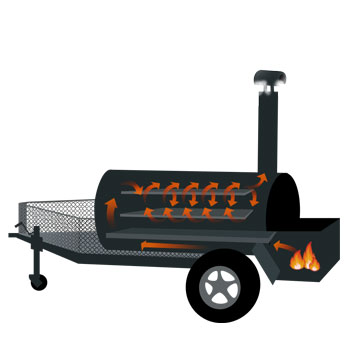
This type of smoker works differently than a traditional offset one by pushing heat and smoke underneath the cooking grates, through a baffle plate, and into the cooking chamber on the opposite side of the firebox.
The air flow is distributed throughout the chamber and comes out of a smoke stack on the firebox side of these BBQ smokers.
The baffle acts as a heat sink and griddle pan to catch some of the grease during the smoking process.
What Are the Benefits of a Reverse Flow Smoker?
These offset smokers might make it easier, in some ways, to smoke your barbecued meats since they offer better heat distribution. They are designed to create even heat and better temperature distribution than a regular fire box smoker.
Another benefit is that the cooking temperature will remain the same throughout the whole cooking space. The flow system will eliminate the excess heat that accumulates near the firebox so you won’t have to move the meat during the cooking process. The smoke flavor will be more consistent.
Reverse flow offset smokers are less prone to temperature spikes, which tend to happen when you add more fuel to the charcoal basket, which makes regulating your smoker's temperature quite easy. The temperature will return to normal more quickly when you open the cooking chamber door.
Highlights:
- Even heat all throughout
- Flow design creates even smoke
- No temperature spiking
6 Steps to Cook With A Reverse Flow Smoker

Step 1
Always marinate your meats the day before [2]. You should trim any fat or connective tissue, which should help with tenderness. We recommend using a spice paste for pull apart with fork-tender pork shoulders and brisket. It might be best, if time allows, to refrigerate your pork shoulder or ribs overnight.
Step 2
The next step is to prepare your reverse flow offset smoker by using a small piece of aluminum foil or just a grill brush to clean the cooking racks. It will enhance the cooking experience and help with smoking meat. Any smoker, reverse flow or not, should be properly maintained.
Step 3
Add your fuel source to the fuel basket, which could be briquettes or lump charcoal depending on your cooking methods. To learn more about different types of charcoal, their pros and cons as well as which product we consider as the #1 charcoal for smoking, read this article.
You can also use a medium chimney starter to light the firebox chamber. You can add as many hardwood chunks as you like to get a smokey flavor.
“Most people think of smoke and believe that it’s something handled by pitmasters with these giant rigs, and that’s the stereotypical image.”
- Jamie Purviance, Author of Weber’s Smoke [3]
Step 4
The Carnivore Style's team recommends using a digital thermometer to monitor the cooking temperature inside the steel construction chamber. You might want to position the thermometer display near the side work areas, so you can see it easily. Reverse flow smokers tend to heat up more slowly than other grills. This process might take anywhere from 15 to 45 minutes.
In case you don't know which thermometer to use check out our review of ThermoPro TP20.
Step 5
To change the internal air flow, you might need to open or close the sliding vents and smokestack locations. Some fireboxes for smokers need to be adjusted by opening the door and letting some of the heat and smoke before it enters the cooking chamber.
Reverse flow smokers produce a lot of smoke, so make sure that you open the vents to lower the temperature and close them to raise it. Once you have the internal temperature to 225 degrees Fahrenheit (107 C), you are ready to start smoking. Place the meat on the grill plates and close the lid.
Step 6
Cook the meat low and slow for several hours. For pork and brisket, we recommend at least 10 hours. Consider wrapping your brisket for that juicy flavor. Baby back ribs should take around 3 hours. We recommend basting your meats every 2 hours. Monitor the temperature and refill your firebox as needed to maintain the smoke flow. Now that you have learned how to use a reverse flow smoker, you can proceed to season your offset smoker.
Related Articles:

FAQs
Is grilling possible on a reverse flow smoker?
Yes, some reverse flow smokers have a removable baffle flue that will allow you to reach much higher temperatures suitable for grilling or searing. Some examples of these models include Longhorn Reverse Flow models, Lang BBQ Smokers, and Highland Reverse Offset Smoker.
What are the downsides to a reverse flow smoker?
Some downsides might be that these types of smokers take longer to heat up than a traditional propane or charcoal grill. They are also slightly less fuel-efficient than a normal offset smoker.
When to use reverse-flow vs regular flow smokers?
You might want to use a reverse flow model if you are a beginner or if you want consistent temperature zones.
Is the temperature the same all throughout a reverse flow smoker?
Yes, the internal temperature stays relatively the same throughout the entire cooking chamber due to its design and baffle. You may notice a 10-degree difference every so often, but you won’t have the large temp swings that standard grills have.
Where is the stack in a reverse flow smoker?
The stack is located on the same side as the firebox. For a smoker with multiple stacks, they will likely be positioned near the firebox for smoker, along the storage shelves.

References:
- https://www.burningbrisket.com/what-is-a-reverse-flow-smoker/
- /carnivore-diet/meal-plans/
- https://www.washingtonpost.com/lifestyle/food/think-you-cant-get-smoky-flavors-from-a-gas-grill-try-this/2017/08/25/22d46bdc-7ecc-11e7-9d08-b79f191668ed_story.html



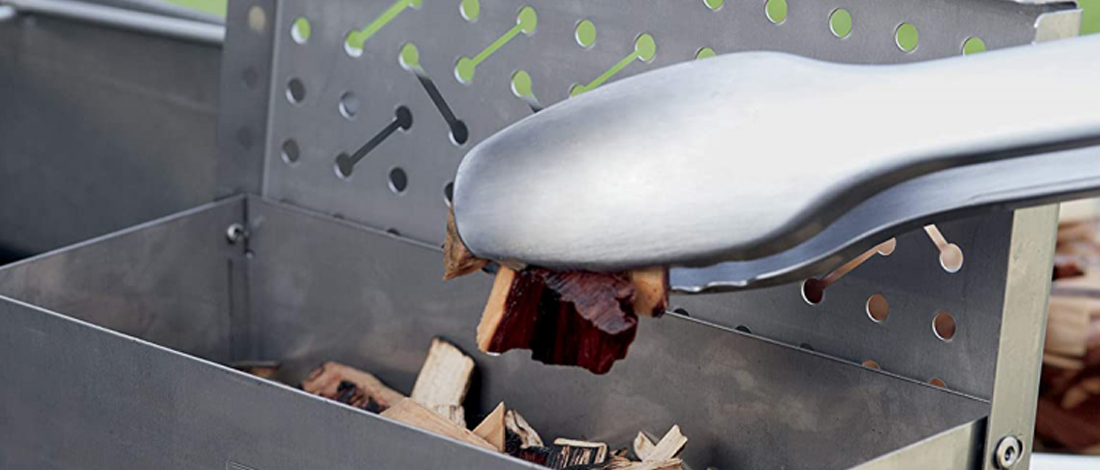
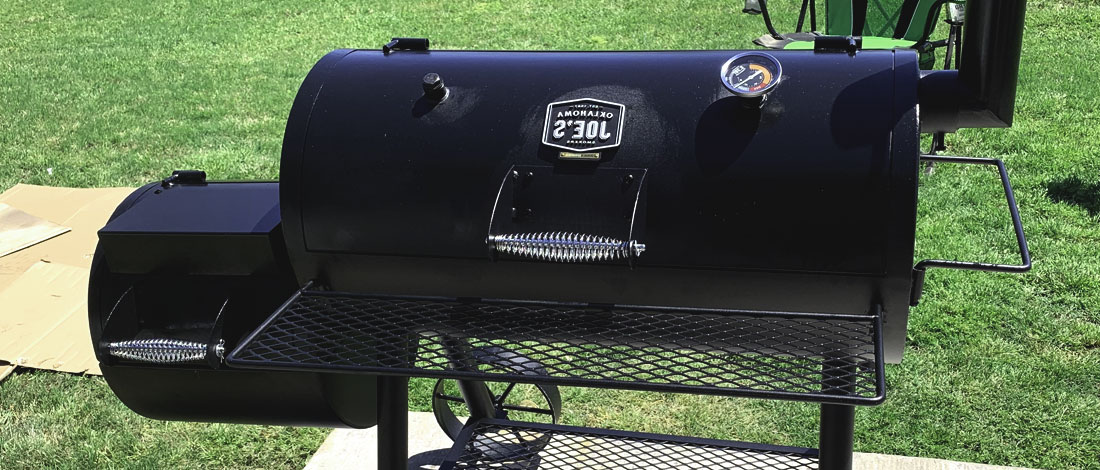
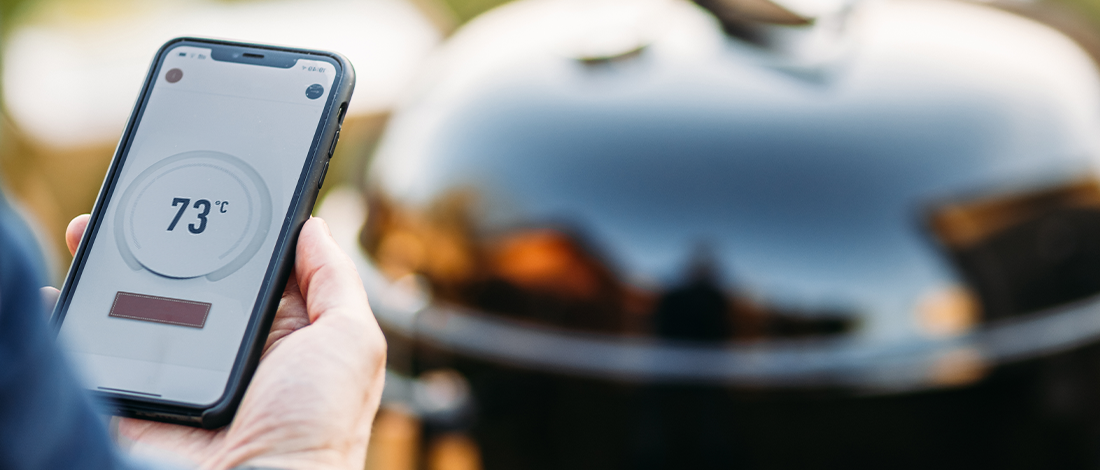
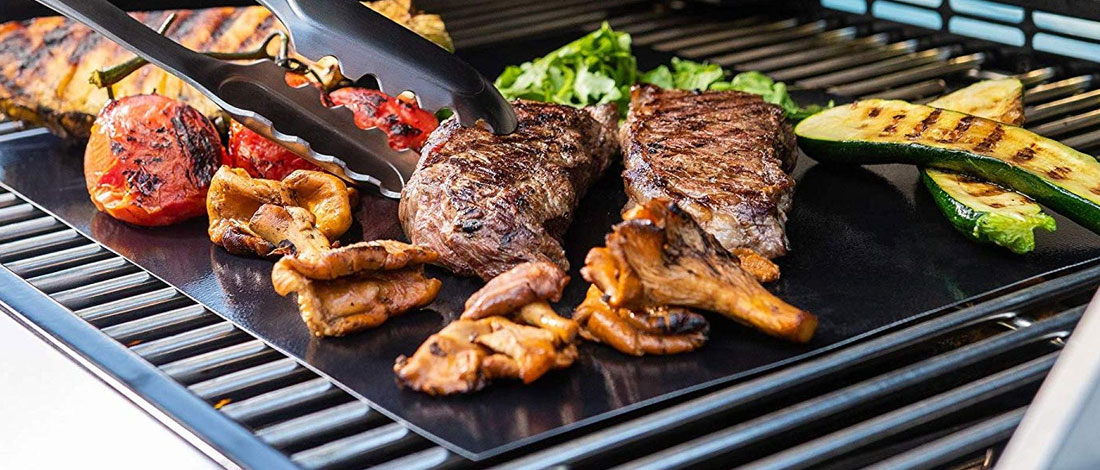


Reverse flow smokers really help keep the heat even across the cooking surface. Makes it way easier to get consistent results without babysitting the meat.